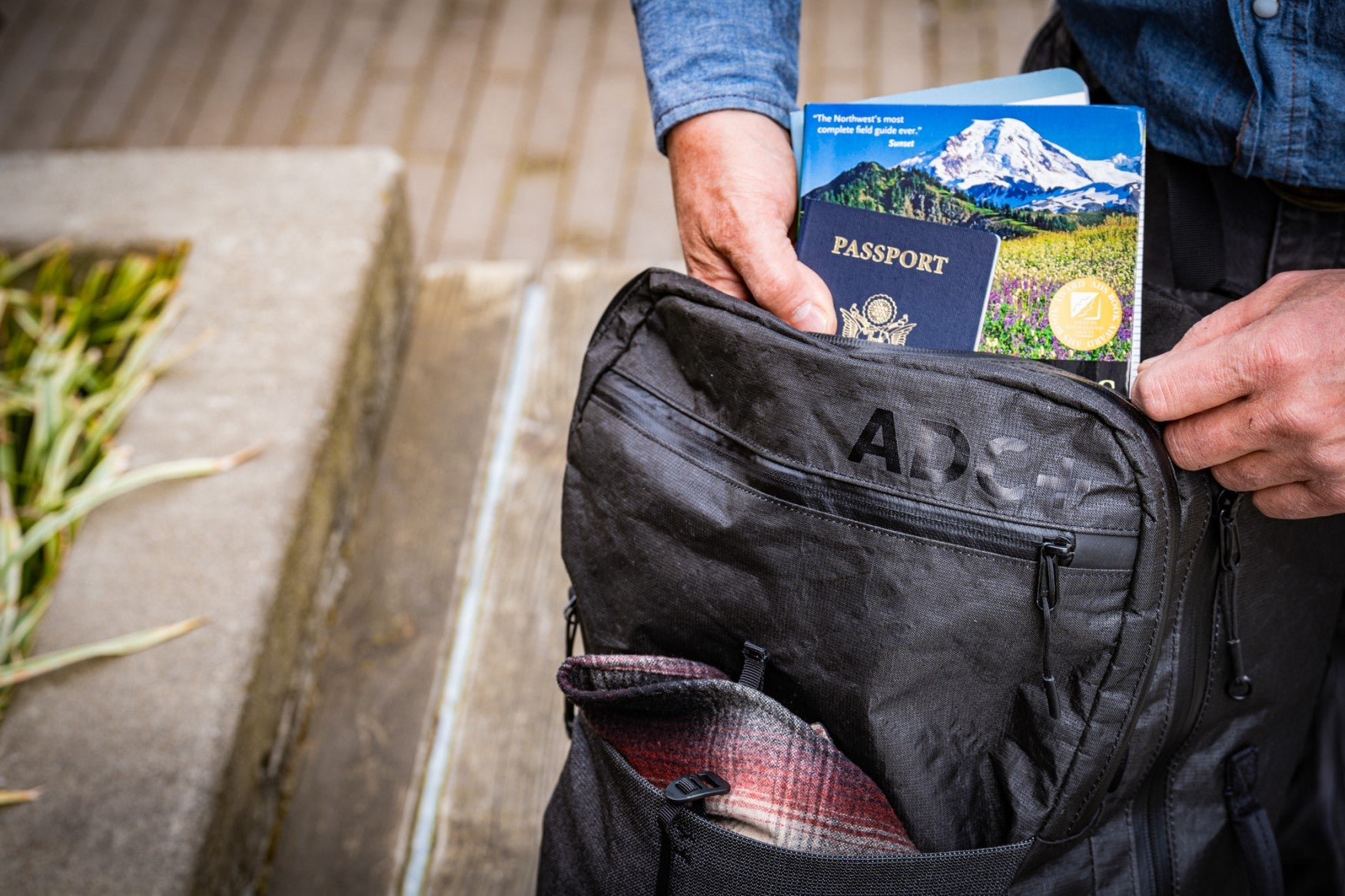
Your friends want to go backpacking in the National forest. A group from work is interested in hiking at a state park. You and some friends from college want to plan an annual trek in Costa Rica. These are all group hikes and will require some amount of planning for it to be successful. As an instructor for a backpacking course at a college I would like to pass along some thoughts and lessons learned. I will draw on lessons from a weekend group hike that I recently planned for my class.
Like it or not there will need to be someone in charge to organize and make decisions in order for the event to be a success. Will it be you, a friend, or maybe you join forces with someone to help in the process. Let’s look at this as a series of questions.

What is the purpose of the hike?
This seems simple but can be disastrous if seven different people have seven different purposes in mind. Are we hiking for mileage or for sights, what about time for taking pictures, do we have specific destinations in mind? An initial conversation helps set the tone for the purpose. This may be predetermined by who the group is composed of, a high school athletic club activity, a local church ladies’ group, a leadership workshop from your workplace. It works best for all to know and agree to the framework and purpose of the hike, this will save on complications when on the trail.

What are the group's physical abilities and experience?
We would not want to take a group of middle school kids on a 20-mile hike with 4000 feet of elevation gain for their first hiking experience. You may laugh but that is a true story. We should consider the physical ability of those in the group, do they have any physical limitations, are they going to need time to acclimate to the elevation. Is there a general state of physical readiness and health going to be sufficient for the trail ahead? Someone telling you that they want you to push them may have different meanings for you both. It is important to gather medical information, especially any allergies.
What about location logistics?
Let’s start by starting with picking the trail. Look for something in the middle range of those going on the trip. It will be challenging enough for the experienced hikers and still manageable for those new to the activity. Plan for a trail that has plenty of interesting features for those who like to take pictures and still has enough terrain to challenge all in their own individual ways. Next you will need to check and see if there are permits required, parking fees, parking space for the number of vehicles. What is the route to get to the trailhead? How will we share the group cost?

What are you doing about supplies and consumables?
Are you meal planning and shopping together, will the group meals be prepared together? It has been my experience with new backpackers that a meal made together on the first night prompts great conversations and helps gel the group. It is also noteworthy that many people struggle to cook in camp, so an experienced person may choose to lead this activity. What stoves will you use? Does everyone in the group have a good fitting backpack (we use the Six Moons Designs Fusion 50) Do you have adequate shelters for the expected weather, the Lunar Solo or Skyscape Scout are good considerations for new hikers.
Have you considered campsite selection?
When hiking as a group the leader will need to predetermine the campsite and make any necessary reservations. When doing so it is important to make sure the site is adequate for the group's size and the type of sleeping shelters you will bring. What about water resupply availability. Are there any environmental hazards in the area? Are there dead branches that could fall in the middle of the night?
Also having alternate options in case of severe weather is a requirement for any group leader. On a recent group backpacking trip to the Manistee River Trail in Michigan we had set up on night one and were watching the weather when a thunderstorm rolled in. We had already modified the campsite to be within a short distance to the vehicle and had to bail back to the vehicles for a while due to lightning.
Are there any special skills required for the trip?
Will there be difficult navigation areas? What about map reading? Will you include any hiking at night? What about fording rivers, traversing talus, post-holing through snow fields? What about medical requirements, what is your plan to contact emergency services should the need arise?
Are there “Leave no trace” challenges?
This should come as no surprise to those experienced on the trail but groups tend to do the most damage to the environment and leave the most impact due to the concentration of use. Have a talk before you go over some of the considerations. Where is it reasonable to go off trail for breaks? What about bathroom use and etiquette? Reinforce the pack it in/pack it out rule. Schedule your trip to avoid times of increased use. Leave the trails and campsites better than you found them.

Final considerations
At the end of the day don’t take yourself too seriously, remember this trip is meant to be fun. Don’t get so wrapped up in the plan that you lose the experience. The better you plan ahead of the hike the more that the unexpected things usually turn out to be minor inconveniences.











Leave a comment
This site is protected by hCaptcha and the hCaptcha Privacy Policy and Terms of Service apply.